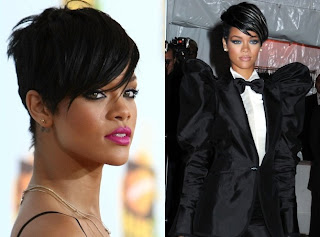I don't know how informative a post this will be because the film I am writing about is one that I haven't actually seen. I haven't built up the nerve to watch it, mainly because of the explicit sexual content (I get squirmish and immediately revert back to my fifth grade self). This film is Emmanuelle, a 1974 French erotica film that spawned over a dozen sequels and spurred on a movement in film that briefly made softcore chic.
The plot is simple enough to follow: Emmanuelle (Sylvia Kristel), the beautiful much-younger wife of French diplomat Jean, flies to Bangkok to be by her husband’s side. In typical, post-sexual revolution fashion, the couple is very tolerant of each other’s sexual whims and extramarital affairs are encouraged. In Bangkok, Emmanuelle embarks on a series of trysts with both men and women, adopting the same laissez faire attitude towards love that her fellow expats have. She allows herself to be guided in life by desire instead of logic and reason.
On strictly the level of the cinematic norms it shattered, Emmanuelle is a significant piece of film history. Now, I'm not advising you to run out and watch softcore film, but there are some merits to this film as a watershed moment in the redefinition of what cinema is capable of producing. The sexual content of Emmanuelle is less like a sleazy Van Wilder film than it is a test to see how far a film can push its boundaries. Instead of reworking the film to avoid an X-rating, the film embraced its tawdry reputation, creating a certain allure around the otherwise dreaded ‘X’.
The film was much more than a softcore movie – it was a worldwide smash that explored the psyche of the new sexual dynamic and promoted the modern female who had achieved liberation (sexual and otherwise). An estimated 300 million people went to the cinema to see Emmanuelle, with most of the audience was female.
The settings are lushly filmed in a soft focus lens, making everything resemble a sort of dreamlike state. The stills that I’ve seen of Emmanuelle are gorgeous – her bedroom is decorated with richly draped fabrics, heavy ornate furniture, and taxidermied leopards, while her dressing room is shown covered with vases of flowers and antique sculpted busts.
While the film can easily be written off as simply of the softcore porno variety, it has arguably done a lot to advance the way that sex, sexuality, and the feminine embracement and assertion of that sexuality is portrayed on screen. While I am probably part of the group that unfairly judges the film without ever having seen it (because I am forming an opinion that I shouldn’t see it before I’m actually well-informed enough to make that opinion), I do recognize its merits. How could Carrie Bradshaw and her City girls be embraced by audiences not just on HBO, but also on the silver screen (twice!) and now basic cable, becoming icons of the modern 21st century woman, without Emmanuelle first paving the way?
Title: from "Sweethearts Together" (The Rolling Stones)









































































